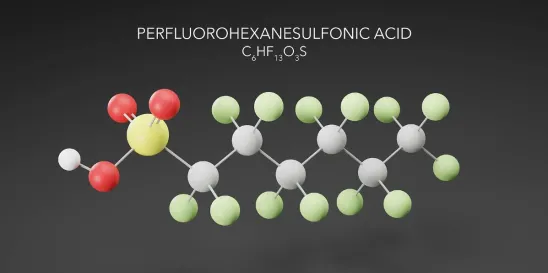Leading up to the aqueous film-forming foam (AFFF) MDL litigation bellwether trial in June 2023, questions circulated regularly about the end game for the water utilities that had filed lawsuits alleging PFAS contamination to drinking water. With several hundred utilities with pending lawsuits seeking the costs for technology needed to filter PFAS from drinking water, monitoring wells, testing equipment, disposal costs, etc., and potentially thousands of other water utilities with similar potential lawsuits, the damages seemed astronomical. So, too, did the amount of time it would take to litigate each case to get the water utilities monetary relief. These two competing forces, plus the pressure of an actual trial date looming, led Dupont and 3M to announce PFAS MDL settlements in June 2023. At $1.185 billion by Dupont and between $10.3 billion and $12.5 billion by 3M, with the intention of both settlement funds to resolve all pending and potential water utility claims in the United States, it seemed to many that a resolution had been achieved that would address PFAS in drinking water systems without burdening utility customers or the utilities themselves.
The issue, though, is that over 9,000 water utilities were estimated to be in need of treatment technology to meet the EPA’s newly proposed drinking water standards. The American Water Works Association (AMWA) reminded everyone that their own estimates of the costs of compliance to the EPA’s level would cost utilities over $3.2 billion annually. Even buying into the old joke that lawyers are horrible at math, it does not take long for one to realize the significant gap in the proposed settlement amounts and AMWA’s estimates. Water utilities accepting money under the Dupont and 3M settlement funds are not all going to receive 100% of the necessary funding for remediation. How then will this deficit be resolved?
Water utilities will be reluctant to pass on all of the costs to customers, although pricing increases could provide a stopgap measure for water utilities on top of the MDL settlement funds. State or even federal funding may be available under grant, loan or other programs that can also assist. However, when the dust settles, it is likely that water utilities are going to look to a particular group of parties to pursue damages from – companies that discharged PFAS into waterways that fed into the water utility facilities. Lawsuits already abound nationally filed by private citizens against such companies for property damage, bodily injury and medical monitoring. Why then would water utilities finding themselves in need of significant money to properly treat drinking water not take similar legal action? Couple this with pressure water utilities are starting to receive in the form of finding themselves sued in class action lawsuits by private citizens, and the legal notion of contribution begins to ring very true for water utilities looking to minimize their own damages in such lawsuits and find sources of funding for remediation technology.
Companies that have historically discharged effluent into waterways that feed drinking water supplies must therefore keep all of the above in mind and not be lulled into a false sense of complacency that the Dupont and 3M settlements in the MDL are going to mean the end of PFAS drinking water litigation. I predict quite the opposite.
It is of the utmost importance that businesses along the whole commerce chain that have or believe that they might have used PFAS in certain processes take steps now to understand their PFAS risk. Public health and environmental groups urge legislators to regulate PFAS at an ever-increasing pace. Similarly, state level EPA enforcement action is increasing at a several-fold rate every year. Companies that did not manufacture PFAS, but merely utilized PFAS in their manufacturing processes, are becoming targets of costly enforcement actions at rates that continue to multiply year over year. Lawsuits are also filed monthly by citizens or municipalities against companies that are increasingly not PFAS chemical manufacturers. The only way to manage future risk is to fully understand what that risk picture looks like, and companies would be well-advised to invest in proper diligence for the PFAS risk question.




 />i
/>i
